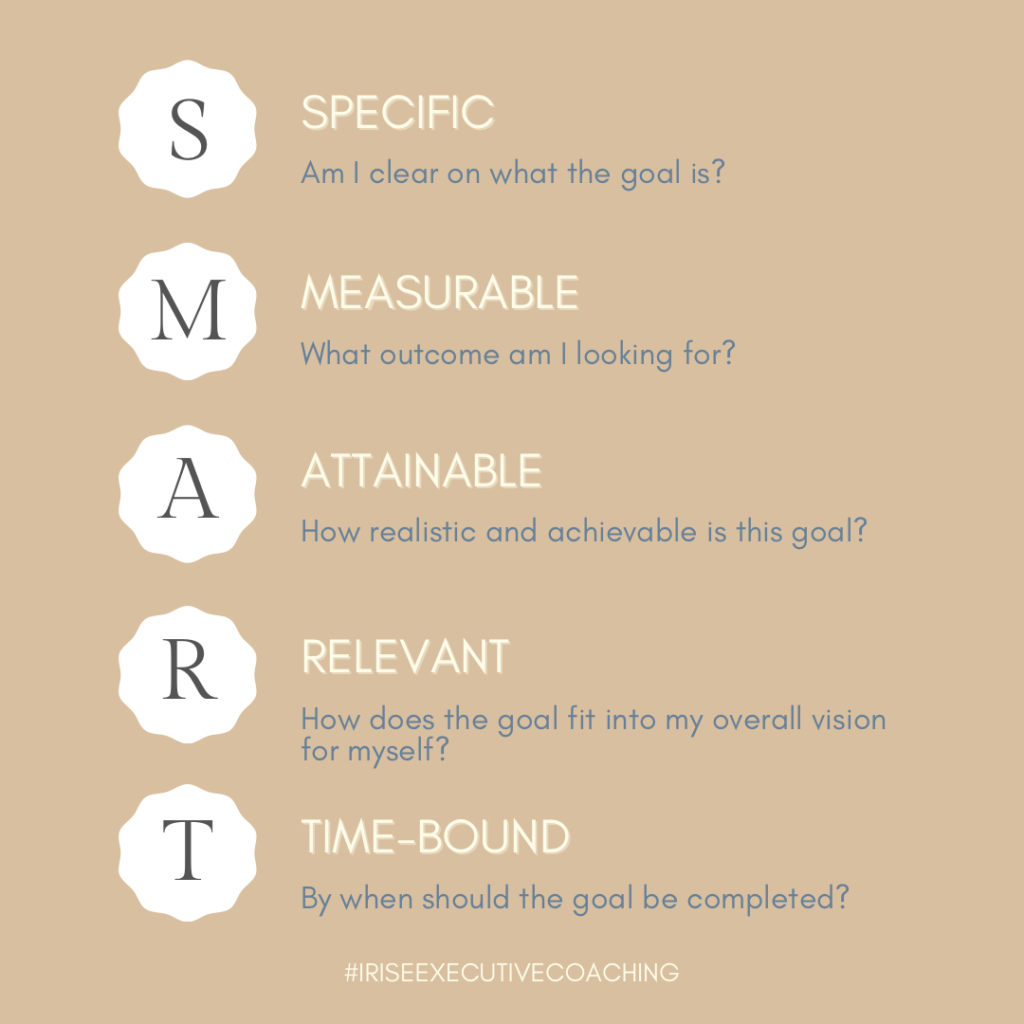


Teams are aligned when they understand their goals and work together towards success. They understand the purpose and mission behind their work and are engaged to deliver high efficiency and productivity. Many teams were even challenged with alignment in pre-COVID times; the pandemic has exacerbated efforts for many.
While remote structures have been in place in certain industries for years, other industries, such as healthcare and education, have not always been at the forefront of the advancements in this digital age.
In medicine, for example, telehealth services with videoconferencing between doctors and patients were commonly reserved for rural populations and not a part of mainstream services. In March of 2020, many physicians and clinical teams found themselves suddenly thrust into coordinating and delivering care via a newer mode of communication. Some were unprepared for the challenges with keeping their clinical teams aligned outside the in person clinical work environment.
The educational sector has also been challenged with working remotely. Educators are grappling with engaging not only their students, but also their colleagues and support teams. Where the creativity and innovation that once thrived in an in-person environment when developing curriculum, debating student issues, and general camaraderie; the sector is now struggling to adapt to a more remote environment.
While attempting to survive 2020 we leaders may have tried band-aid like approaches – small adjustments. Some have deliberately underestimated the impact of engagement on our remote teams as a survival tactic; assuming that the situation is temporary, and therefore not worth the financial, managerial, and emotional investment to develop new strategies.
Not only are many teams still having to work remotely due to COVID, others are choosing to do so because it’s becoming more mainstream and an acceptable way to conduct business. Thus, all leaders need to find ways to keep their remote teams engaged and aligned.
Sometimes we overlook the obvious. Here are some simple ways to consider and implement if you haven’t done so already, or to reflect on and possibly reinforce.
Clarify goals and expectations
This is a good time of year to review individual and team expectations and how those expectations will be working towards team/organizational goals. Don’t make an assumption that the goals are well-known – use this time to reframe and reiterate. Define them clearly using the SMART method and help identify what each member’s contribution can be towards those goals.

Create routine and structure around the meetings
Everyone’s time is valuable. This is an important phrase to re-emphasize. Show your understanding about this and create better routines and structure around meetings.
Try to send an agenda in advance. Meet more often but for a shorter amount of time – weekly for meetings or daily for quick huddles. In clinical operational environments, quick team huddles, even done remotely, can be a great way to check in on the quick challenges of the day and a more effective communication tool than email.
Turn the monitor on
This point can’t be emphasized enough. I’m surprised to still see individuals in team meetings, especially healthcare ones, with their videos turned off! While some may argue that it may not completely take the place of relationship building in person, virtual conferencing can still create an environment of togetherness and belonging, but it’s critical to have the video monitor on so people can see you to engage with you.
I remind providers of this as well – just as you do telehealth appointments to virtually “see” your patients, translate this to meetings to see your colleagues and staff too in order to build more engagement and connections.
Set aside time and pretend we are at the watercooler
Not all meetings have to be for strictly business only. If you passed someone in the hallway, saw someone at the copier machine, or were grabbing water from the watercooler, wouldn’t you engage in some form of chit chat? Try it via teleconferencing as well.
Consider taking time on the agenda to not only ask about how everyone is doing, but also divide into small groups virtually to have some time to chit chat.
Chances are your team members will not only feel that you value them more, but they also may discuss more about what could be bothering them or challenging them when asked in a less formal atmosphere.
Monitor engagement through powerful questions
I have written before about Gallup being the leader in employee engagement statistics and their Q12 survey with millions of data points to prove it.
Do not assume that meeting regularly with your employees alone is going to drive up employee engagement. Engaged employees will also work harder at aligning with department values and goals. So to help drive more engagement, refer to some of the questions and try to ask at least one in a meeting each week with your team such as:
Overcommunicate
When in doubt, tell your team more. Tell them about what’s happening in the company. Explain what concerns or frustrations you may even have and seek their advice and counsel to help. Be transparent, open and honest of any challenges and what you are hearing that may affect the team so that they are knowledgeable and well prepared.
This type of overcommuncation may be uncomfortable, but vulnerability with your team is not a weakness, but a strength. If handled with the right balance with other leadership skills, your communication will be reciprocated by your employees. They will value your overcommunication and reward you by staying better engaged and aligned.
If you find that these strategies or others are not working to get your teams aligned, you may have a deeper root cause for your challenges. That’s where I can help. Contact me for more information at aashi@iriseexecutivecoaching.com.
Aashi Arora, MHA, ACC
 Preparing to Step Into CEO Roles
May 30, 2023
Preparing to Step Into CEO Roles
May 30, 2023
 Tackle Imposter Syndrome by Prioritizing This Relationship
May 12, 2023
Tackle Imposter Syndrome by Prioritizing This Relationship
May 12, 2023
 How Do You Know It’s Imposter Syndrome?
Mar 08, 2023
How Do You Know It’s Imposter Syndrome?
Mar 08, 2023
 Imposter Syndrome During a Job Transition
Jan 20, 2023
Imposter Syndrome During a Job Transition
Jan 20, 2023
 4 Strategies for A Successful Interview
Oct 19, 2022
4 Strategies for A Successful Interview
Oct 19, 2022
Please subscribe to receive a pdf of 15 Ways to Tackle Imposter Syndrome
